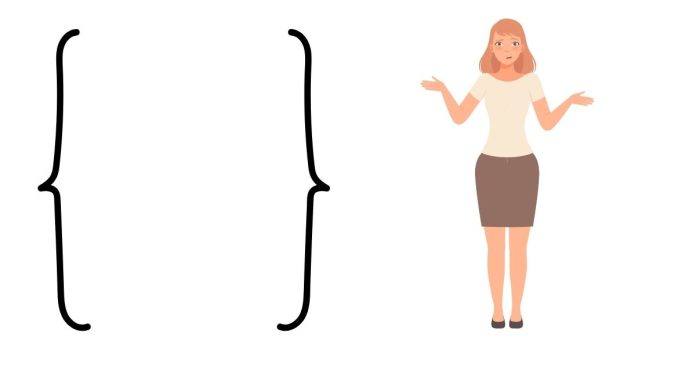In calculus, double brackets often refer to the floor and ceiling functions, represented as ⌊x⌋ and ⌈x⌉, respectively. The floor function (⌊x⌋) gives the greatest integer less than or equal to x, essentially rounding x down to the nearest integer. For example, ⌊3.7⌋ = 3. The ceiling function (⌈x⌉), on the other hand, gives the smallest integer greater than or equal to x, rounding x up to the nearest integer. For instance, ⌈3.2⌉ = 4.
These functions are used in scenarios where rounding to the nearest integer is needed, such as in piecewise functions, optimization, or certain real-world applications, though they are not always central to the core calculus concepts like derivatives and integrals.


